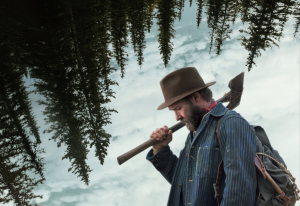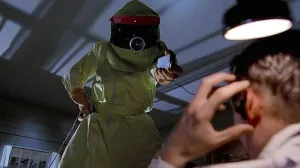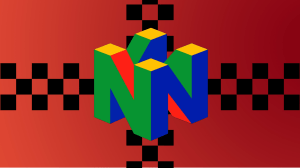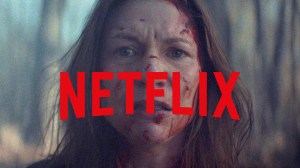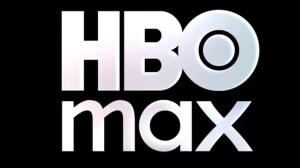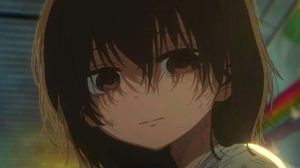Black Widow is the latest entry into the Marvel Cinematic Universe and features lots of actions sequences and visual effects work. One company that played a huge role in the film was Digital Domain, a visual effects group that “creates transportive experiences that entertain, inform and inspire.” One of Digital’s Domain’s recent endeavors was working on Black Widow‘s Red Room, the hidden fortress in the sky that Natasha Romanoff (Scarlett Johansson) sets out to destroy in the film. ComicBook.com recently had the chance to chat with DFX Supervisor Hanzhi Tang, who talked about Digital Domain’s process of working with Marvel Studios and how they helped create the destruction of the Red Room.
Videos by ComicBook.com
WORKING WITH MARVEL
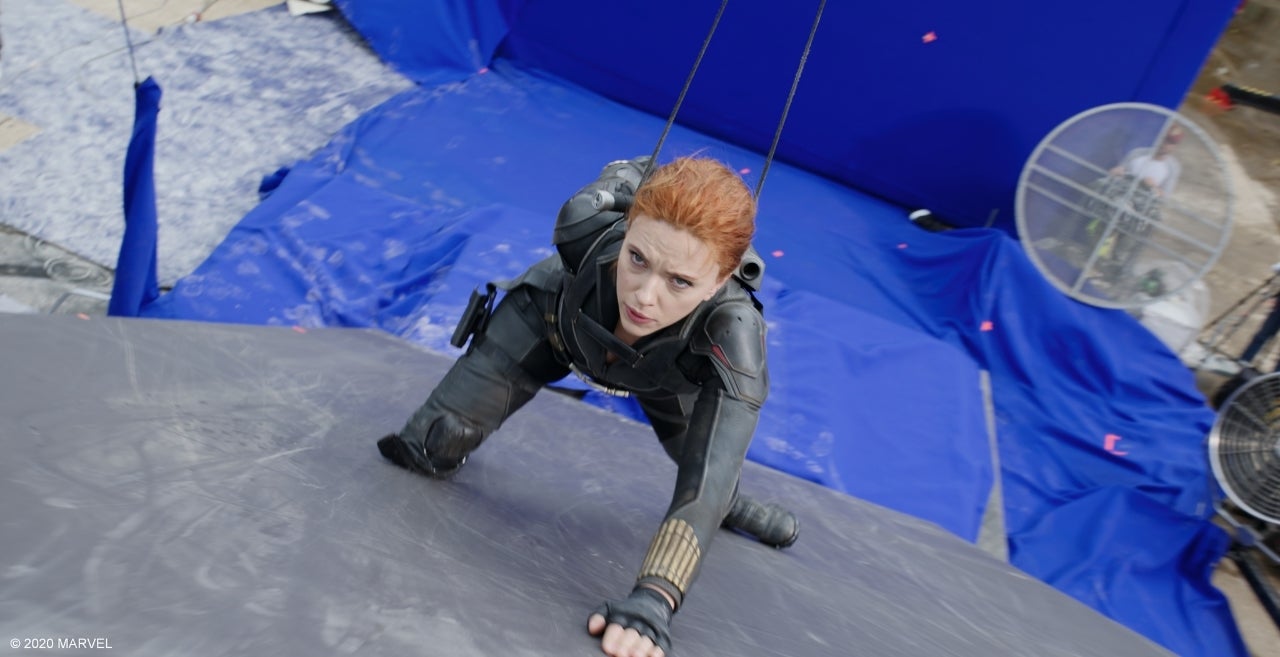
ComicBook: What is the collaboration like between Digital Domain and Marvel Studios’ visual development group?
Hanzhi Tang: We’ve collaborated with Marvel Studios for over a decade now, and worked with them on several features and now episodics. They trust us to deliver to the high standards expected of projects in the Marvel Cinematic Universe, and that’s not a responsibility we take lightly. In most projects, including Black Widow, we begin by collaborating with Marvel Studios’ Visual Development Group. They provide us with both the still artwork and any reference materials they’ve produced for the director. That gives us a really good base for our asset builds, and helps us steer the lighting and cinematography style.
How far into the production process do you begin your work?
It’s different with every Marvel Studios production, but for Black Widow we got involved very early. We began building the Red Room almost simultaneously at the previz stage. Working off art department paintings and a basic model from previz, we built out the asset. From there, we handed Marvel Studios back a version of the Red Room for use in post viz, so new shots could be more accurately framed or designed.
Having worked on Marvel films and Marvel shows, what is the biggest difference? Are there any types of restrictions for one or the other?
Along with all the MCU films we’ve worked on, Digital Domain also collaborated on WandaVision, Loki, and a few others on the way. While the process might differ slightly, the end result needs to be the same. Marvel Studios comes to us for episodics because they expect the same level of care and attention to be put into their series work as we provide in feature films – and that’s apparent in the final results on screen. The work we’ve done with the MCU episodics so far, as well as episodics for our other clients, stands up to what audiences expect in the cinema. Of course, episodics tend to operate on a shortened delivery schedule. To meet our deadlines without sacrificing quality, we need to be exceedingly efficient in our planning, or make strategic decisions to add more resources where needed. That’s one of the major benefits of working with a large vendor like Digital Domain
How much do things change throughout the process?
As Black Widow was being developed and the sequence of events in the final act were being fleshed out, parts of the Red Room had to be reconfigured to make sense. That meant changing things like where landing pads were, what was structural, etc. We collaborated closely with the filmmakers on this and put a lot of thought into maintaining the continuity of the different sections of the Red Room so that during the collapse, the damage was easier to track in between shots.
THE RED ROOM
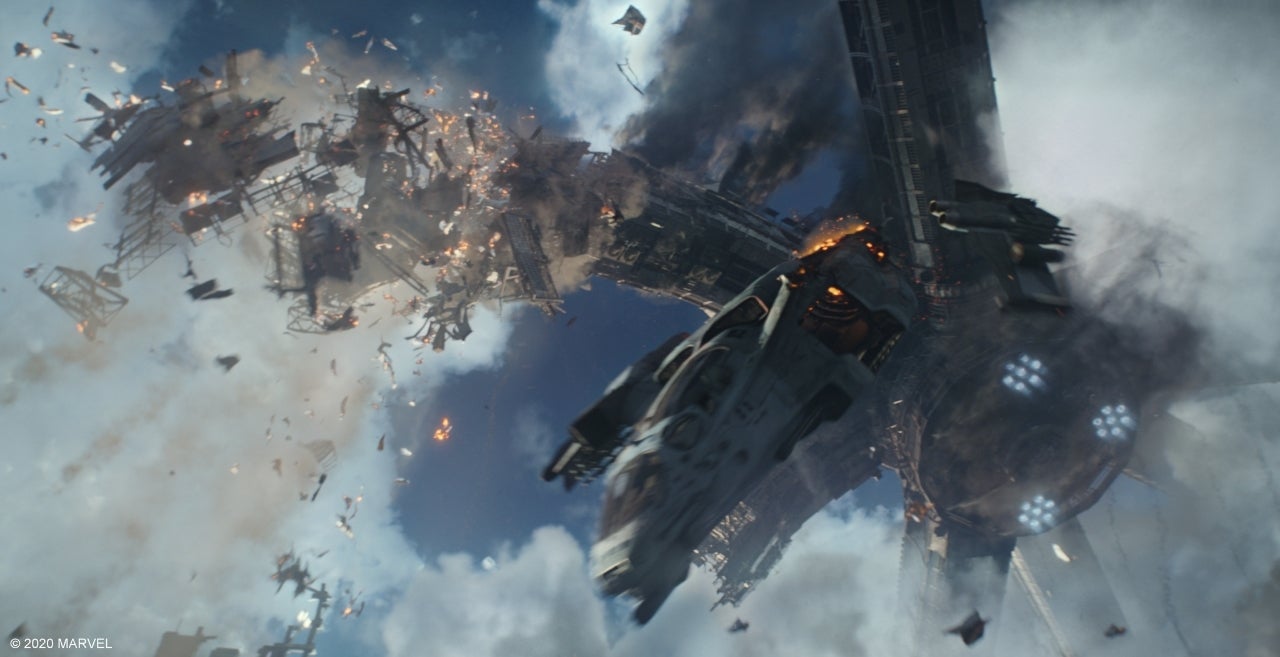
What’s the typical timeline for creating something like the Red Room?
The initial asset build alone was probably over two months, not including tinkering with lighting and surfacing. Once you factor in the effects department setting it up for destruction – and going into a feedback loop with modeling – it extends out the schedule. Ultimately, it’s really a living asset throughout the life of the production.
How many people worked on the Red Room?
Overall we had well over 200 people working on Black Widow, but for the Red Room specifically, we started with a modeling team of 5-6 people and a texture team of 3-4 all working on it for months, right from the start. Additional artists jumped in here and there to make patch fixes and modifications as the asset changed.
What type of research went into creating the Soviet-era architecture?
Most of the references for the Red Room were provided by Marvel Studios’ art department, including ’60s and ’70s Soviet architecture. One of the key references was the Ostankino Tower in Moscow. It was completed in 1967 to be both a functional television and radio tower, and to celebrate the 50th anniversary of the October Revolution. It was a great example of style and function, and featured both an impressive antenna and an office stack in the core. We also referenced oil rigs and ships constantly exposed to the elements to guide us with the staining and textures of a 40-year-old rusting structure. Those same oil rigs and refineries also helped inspire how intricate layers of pipes and latticework gave scale to such a large building.
What was the process like of destroying the Red Room?
For Black Widow, the scale and the amount of detail were both massive, so we modified our existing destruction pipeline. We wanted to take advantage of Redshift’s ability to instance geometry, and that allowed us to continually add geometry and detail to the layout, which in turn added to the massive scale of the Red Room. Instancing can provide several new efficiencies, and we wanted to take advantage of that. Once we had modified the destruction pipeline, we were able to render more geometry faster, and ultimately go through more iterations.
Were there any specific details that were especially hard to create?
We put a lot of work into developing a smooth pipeline to handle multiple exterior destruction shots, but we also worked on a few one-off interior rooms – like the holding area where Natasha releases Taskmaster and the room splits in two, or the hallway she is running down that shatters and turns into a vertical ramp. Those were single-use custom builds, but I think they proved to be the most work-intensive.
VFX
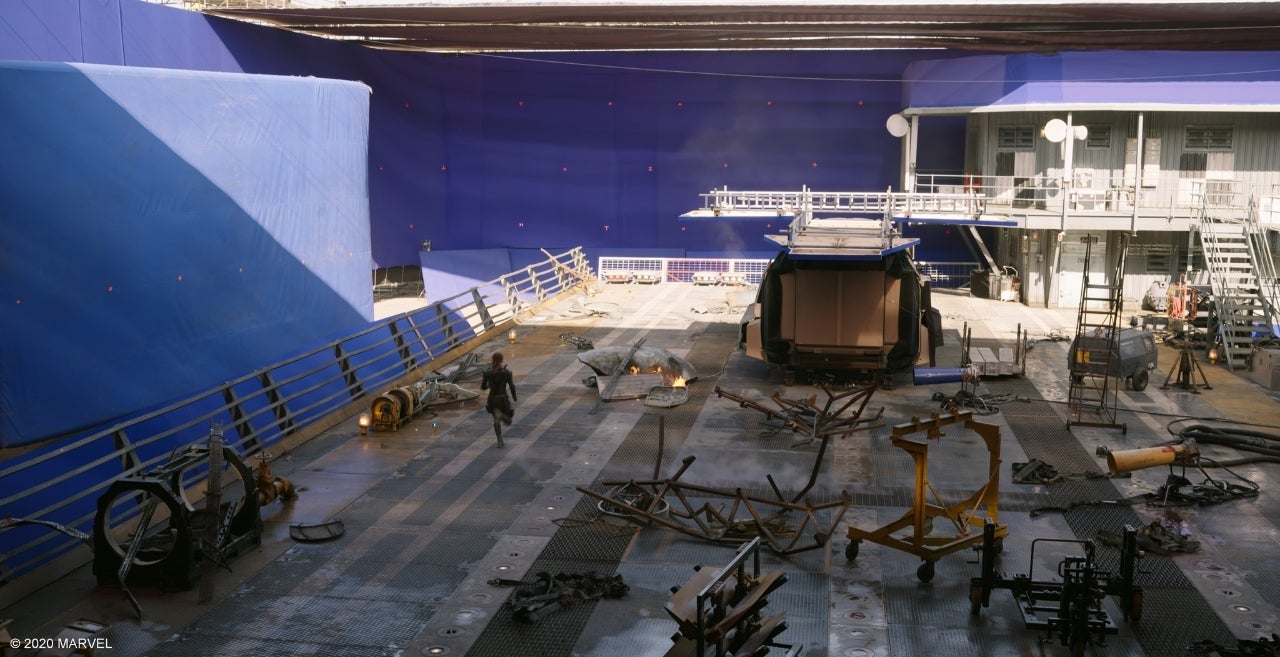
There are lots of effects throughout the movie, but your focus was on the Red Room and its destruction. Does Digital Domain have a preferred focus in general?
We don’t really have a preference for the type of work we do, as long as it’s high quality. Digital Domain has been around for nearly 30 years now, so we’ve probably done at least a bit of everything. Our digital human work is arguably the most advanced in the world and we just won an award for our game cinematics. We also have had a lot of success on smaller-scale projects like commercials, but ultimately, we do have a very strong reputation for complex effects, especially with destruction. Our film legacy going back to Titanic, and including films like The Day After Tomorrow and the Transformers movies bears that out. So that, along with character animation and full digital characters like Thanos in the Avengers films, are possibly our most well-known calling cards.
How hard is it to maintain continuity in something that’s so fast-paced? Are there people who are solely responsible for checking the continuity?
Maintaining continuity was a huge factor in the makeup of our team, and how we approached these sequences. Whether it was the Red Room itself, the many parts of wreckage falling during the skydive or the cloud formations throughout the sequence, someone had to think about how it all played out, and publish the layout. Those team members were the guardians of continuity. They would review low-resolution renders or proxies of everything very early on, and move and fix items before we got too deep into the next phases, like destruction or lighting.
Is there anything else that you want to share about the process that hasn’t come up?
The work done up front by both Marvel Studios’ art department and previz teams was invaluable in giving the entire Red Room sequence structure. A lot of the geography and shot design had been planned out before we even started working on the shot. As the sequence evolves, the shots would often be reimagined, but the spirit of what the previz team created remains.
Black Widow is now playing in theatres and is available to buy on Disney+ Premier Access.

